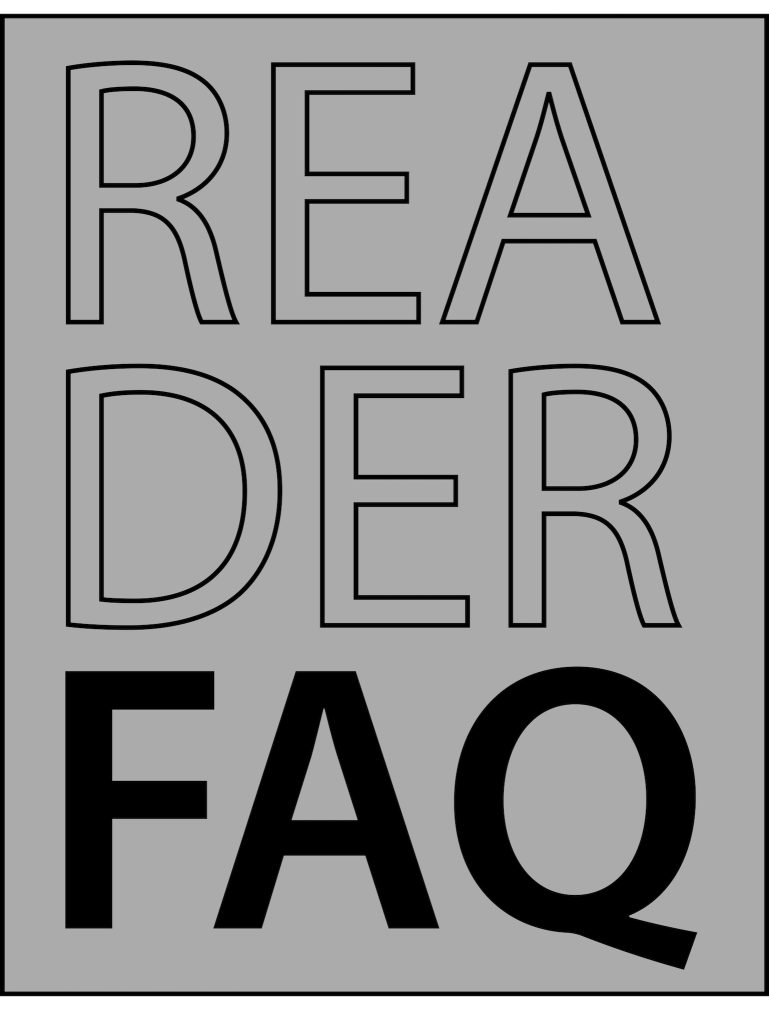In the fast-paced world of skilled trades, success demands more than just technical expertise and quality workmanship. Today’s electrical contractors, plumbing companies, HVAC specialists, and construction firms face unprecedented challenges in workforce management, compliance, and operational efficiency. PEO Partnerships (Professional Employer Organizations) have emerged as a game-changing solution, offering a strategic PEO Partnership that transforms how skilled trade businesses operate and grow.
The Evidence: PEO Partnerships Drive Measurable Success
Recent research from the National Association of Professional Employer Organizations (NAPEO) reveals compelling statistics that should capture every skilled trade leader’s attention:
- PEO clients grow more than twice as fast as their competitors.
- Employee turnover rates are 12% lower with PEO partnerships.
- Businesses working with PEOs are 50% less likely to fail.
- The average skilled trade business spends $134,888 annually on HR administration – money that could be better invested in growth and development.
But what do these numbers mean in practical terms for your skilled trade organization? Let’s examine the real-world impact through industry-specific examples.

Solving the Skilled Labor Crisis: A Case Study in Electrical Contracting
Consider Eastern Electric (name changed), a mid-sized electrical contractor struggling with workforce management. Before partnering with a PEO, they faced:
- 45% annual turnover rate among journeymen electricians.
- $8,500 average cost per new hire.
- 62 days to fill skilled positions.
- Inconsistent safety training and compliance.
- Limited benefits package driving talent to larger competitors.
After implementing a PEO partnership, Eastern Electric experienced:
- Reduced turnover to 28% through improved benefits and HR practices.
- Decreased hiring costs by 35% through streamlined recruitment.
- Cut time-to-fill to 41 days using professional recruiting resources.
- Comprehensive safety program reducing incidents by 40%.
- Competitive benefits package rivaling large electrical contractors.
The PEO Partnerships’ Benefits Advantage: Competing with Industry Giants
One of the most powerful advantages PEOs offer skilled trade organizations is access to Fortune 500-level benefits packages. For example:
Traditional Small Contractor Benefits:
- Basic health insurance with high deductibles.
- Simple 401(k) with no match.
- Standard workers’ compensation coverage.
- Limited disability coverage.
Learn more: Good Guide to Analyze Your Workforce Management Costs
PEO-Enabled Benefits Package:
- Comprehensive health plans with multiple options.
- 401(k) with employer matching.
- Enhanced workers’ compensation with safety programs.
- Short and long-term disability.
- Dental and vision coverage.
- Life insurance.
- Employee assistance programs.
- Voluntary benefits (accident, critical illness, etc.)
- Professional development opportunities.
Risk Management: More Than Just Insurance
In the skilled trades, risk management isn’t just about paperwork – it’s about protecting your business, your employees, and your future. Here’s how PEOs transform risk management:
Safety Program Implementation
A plumbing contractor with 50 employees partnered with a PEO and received:
- Custom safety manual development.
- Regular job-site safety audits.
- OSHA compliance training.
- Incident investigation procedures.
- Return-to-work programs.
- Safety committee development.
Result: 65% reduction in recordable incidents within 18 months.
Workers’ Compensation Management
An HVAC company struggling with rising workers’ comp costs saw:
- 28% premium reduction through PEO partnership.
- Professional claims management.
- Early return-to-work program implementation.
- Safety training specific to HVAC risks.
- Reduced experience modification rate from 1.4 to 0.92.
Technology Integration: Modernizing Operations
Modern PEOs provide access to sophisticated technology platforms that transform daily operations:
Mobile Workforce Management
For a commercial construction company:
- GPS-enabled time tracking.
- Digital work orders.
- Mobile safety inspection forms.
- Real-time project documentation.
- Integrated payroll processing.
- Digital employee onboarding.
HR Analytics and Reporting
Access to data-driven insights:
- Labor cost analysis by project.
- Productivity metrics.
- Safety performance tracking.
- Training completion rates.
- Certification management.
- Workforce planning tools.
PEO Partnerships’ – The Administrative Burden: Real Numbers, Real Savings
Let’s break down the administrative cost savings for a typical skilled trade organization with 50 employees:
Traditional In-House Costs (Annual):
- HR Manager Salary: $65,000.
- Benefits Administration: $25,000.
- Payroll Processing: $15,000.
- Compliance Management: $18,000.
- Technology Systems: $12,000.
- Total: $135,000.
PEO Partnership:
- Comprehensive service fee typically ranging from 3-6% of payroll.
- Inclusive of all administrative functions.
- Professional HR support.
- Technology platform access.
- Compliance management.
- Average savings: 25-35% on administrative costs.
Regulatory Compliance: Staying Ahead of Change
The regulatory landscape for skilled trades is increasingly complex. PEOs provide crucial support in:
Multi-State Operations
For contractors working across state lines:
- State-specific employment law compliance.
- Multi-state payroll tax management.
- Varying workers’ compensation requirements.
- State-specific safety regulations.
- Cross-border licensing requirements.
Learn more: Franchise Success with PEO Support, Enhanced Benefits and Reporting
Industry-Specific Compliance
Support for:
- OSHA requirements.
- EPA regulations.
- DOT compliance.
- Licensing and certification tracking.
- Continuing education requirements.
Strategic Growth: Scaling with Confidence
PEO partnerships enable skilled trade organizations to scale operations effectively:
Geographic Expansion
A residential construction company expanded from two to five states with PEO support:
- Consistent HR policies across locations.
- Compliant multi-state operations.
- Centralized employee management.
- Standardized safety programs.
- Unified benefits administration.
Workforce Development
Professional development support including:
- Apprenticeship program administration.
- Tracking skills training.
- Certification management.
- Leadership development.
- Succession planning.
Making the Transition: Implementation Success
The transition to a PEO partnership requires careful planning but can be smooth with the right approach:
Phase 1: Assessment (2-3 weeks)
- Current cost analysis.
- Process evaluation.
- Technology assessment.
- Compliance review.
Phase 2: Implementation (4-6 weeks)
- Employee communication.
- Systems integration.
- Policy development.
- Training and orientation.
Phase 3: Optimization (Ongoing)
- Performance monitoring.
- Process refinement.
- Strategic planning.
- Continuous improvement
The Bottom Line: ROI Analysis
Consider these key metrics when evaluating PEO partnership ROI:
Direct Financial Impact
- Administrative cost reduction: 25-35%.
- Insurance cost savings: 15-25%.
- Recruitment cost reduction: 20-30%.
- Training cost optimization: 15-20%.
Indirect Benefits
- Improved productivity.
- Enhanced compliance.
- Better employee retention.
- Reduced legal exposure.
- Increased focus on core business.
Conclusion: The Strategic Imperative
For skilled trade organizations facing today’s complex business environment, PEO partnerships offer a proven path to enhanced performance, reduced risk, and sustainable growth. The combination of professional HR support, comprehensive benefits, risk management, and operational efficiency creates a compelling case for co-employment relationships.
The data is clear: organizations that partner with PEOs consistently outperform their peers in growth, retention, and resilience. In an industry where finding and keeping skilled workers is increasingly challenging, these advantages can mean the difference between thriving and merely surviving.
The question isn’t whether you can afford to partner with a PEO – it’s whether you can afford not to. For skilled trade organizations ready to transform their approach to workforce management, PEO partnerships offer a strategic advantage that pays dividends in both the short and long term.
Taking the Next Step
Ready to explore how a PEO partnership could benefit your skilled trade organization? Consider these action items:
- Conduct an internal cost analysis of current HR and administrative functions.
- Review your current benefits package and compare it to industry standards.
- Assess your compliance and risk management procedures.
- Evaluate your technology needs and capabilities.
The future of skilled trades belongs to organizations that can efficiently manage both their workforce and their operations. PEO partnerships provide the tools, expertise, and support needed to succeed in today’s competitive marketplace. Learn more! Complete the link and Haley Rosado, Strategic business Consultant with Paychex will contact you and answer your questions.

- Understanding PEO Cost Structures and Savings? PEO fees typically range from 3–6% of payroll, and the potential savings stem from reducing administrative costs, enhancing efficiency, lowering turnover and access to enhanced benefits at a lower costs due to economic purchasing power. Ignoring the loser costs of benefits, suppose a skilled trade business with 50 employees has a total payroll of $2 million annually. A PEO charging 4% of payroll would cost $80,000 per year. However, this fee would include services like HR management, compliance, benefits administration, and payroll processing. If the business is currently spending $135,000 annually on these functions in-house, switching to a PEO could save up to $55,000. These savings could be redirected into business development, equipment upgrades, or workforce training.
- How PEOs Implement Workforce Improvements? PEOs achieve workforce improvements through a combination of strategic initiatives, advanced tools, and expertise in HR practices. 1. Turnover Reduction: PEOs offer competitive benefits packages, such as health insurance, 401(k) plans with matching, and employee assistance programs. These perks attract and retain top talent, reducing turnover. 2. Streamlined Hiring: PEOs often manage recruitment using professional networks, job posting platforms, and applicant tracking systems to speed up hiring processes. For instance, reducing time-to-fill for skilled positions from 62 days to 41 days translates into less downtime and improved productivity. 3. Enhanced Safety and Compliance: By introducing safety training, regular audits, and incident investigations, PEOs create safer workplaces, reducing accidents and related costs by as much as 40%.
- Selecting the Right PEO for Your Organization? Choosing the right PEO requires assessing your business needs and aligning them with the services a PEO offers. Use the following checklist when evaluating potential PEOs: 1. Industry Expertise: Ensure the PEO has experience with skilled trade organizations and understands specific challenges, like OSHA compliance and multi-state operations. 2. Services Offered: Confirm that the PEO provides all necessary functions, including HR management, payroll processing, benefits administration, and risk management. 3. Technology: Look for a PEO with robust technology platforms that enable workforce management, HR analytics, and mobile access. 4. Reputation: Research client testimonials, case studies, and third-party reviews to gauge satisfaction and effectiveness. 5. Transparency: Request detailed information on pricing, contract terms, and service limitations to avoid hidden fees or restrictions. And 6. Red Flags: Be wary of PEOs that lack a certified Employer Services Assurance Corporation (ESAC) accreditation or don’t offer clear policies for compliance support.






